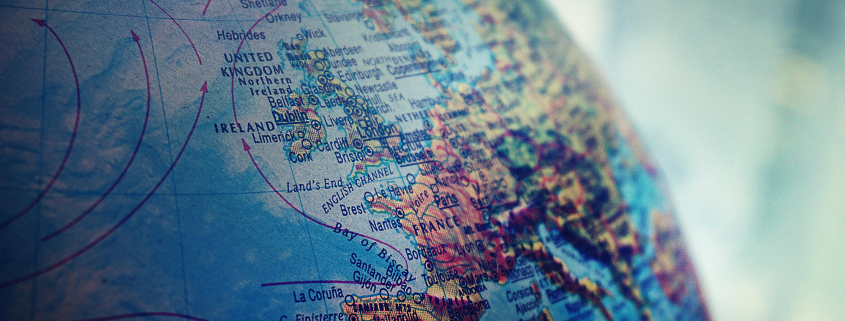Current systems crucial to life on earth
A crucial system of currents that takes 1,000 years to circulate the globe is being impacted by increasing ocean temperatures and will have a profound effect on the world’s climate if it further slows or shuts down altogether, by triggering more atmospheric temperature extremes.
Professor Nicole Jones, a physical oceanographer from The University of Western Australia, explained the meridional overturning circulation as part of the Western Australian Marine Science Institution’s Thinking Blue school outreach program.
“Cold and salty water forms in the Labrador Sea, between Canada and Greenland, as well as in the Weddell and Ross Seas, close to Antarctica, and then it descends into the deepest depths of the ocean and circulates around the ocean before coming back up to the surface closer to the equator,” Professor Jones said.
“It takes a millennium to transport the water from the surface, down to the bottom of the ocean and back to the surface again.”
She said the ocean system was crucial to many processes including transporting gases from the atmosphere down into the deep sea.
“This helps to regulate the amount of carbon dioxide in the atmosphere and also supplies oxygen to the deep ocean,” Professor Jones said.
“It also traps heat so plays a strong role in modulating what is happening in the atmosphere.”
But climate change is impacting the system.
“With climate change, water at the Poles is becoming fresher and also warmer and so it is not going to be able to sink to the same deep depths and that will weaken the return currents such as the Gulfstream,” Professor Jones said.
“So, it’s not only the cold currents that get weakened it’s the warmer currents at the surface.”
Professor Jones said measuring the circulation was challenging but there was evidence it was slowing. She said if it shut down, there would be dramatic atmospheric temperature decreases across Europe. In the southern hemisphere temperatures would be expected to increase.
Professor Jones’ presentation also covered sea level changes and climate change.
The presentation can be found here.

